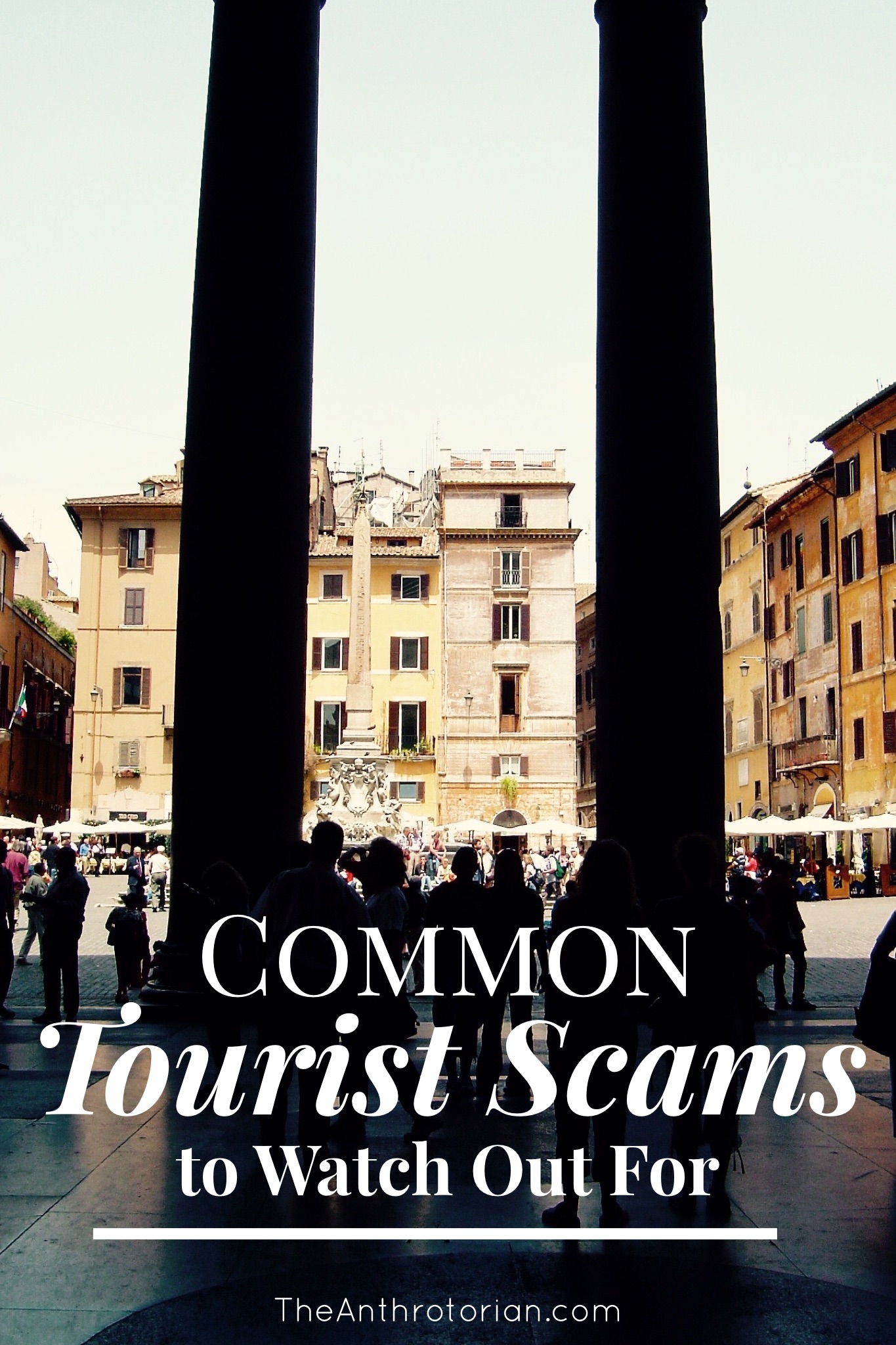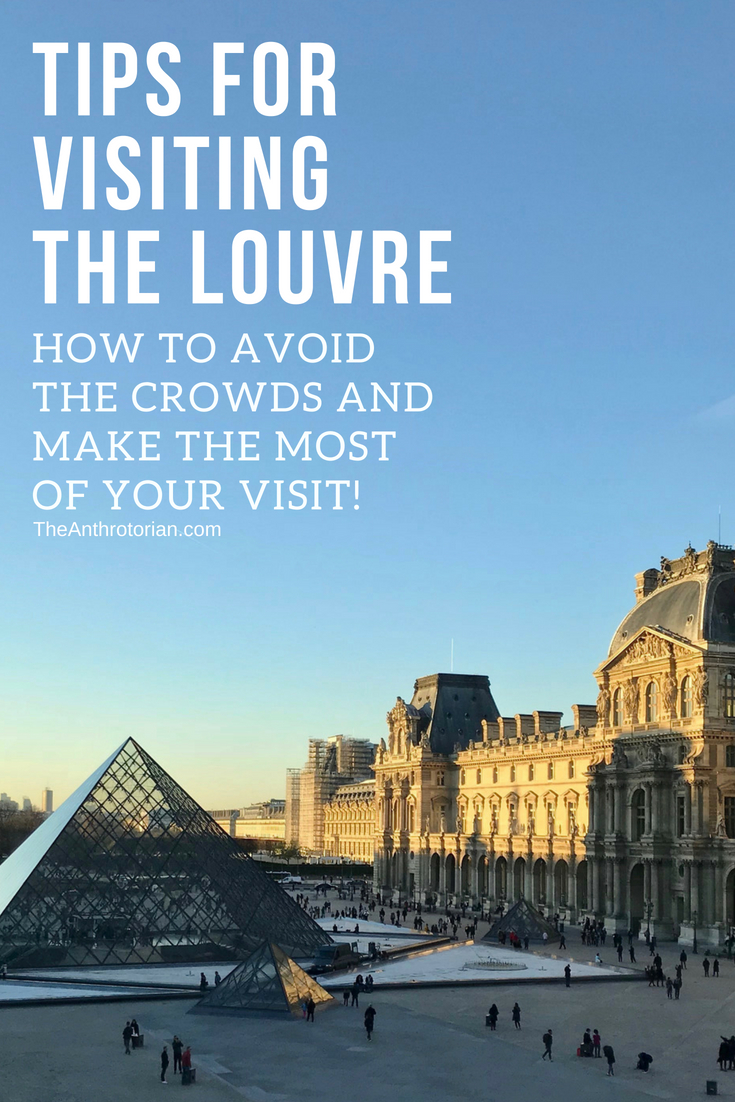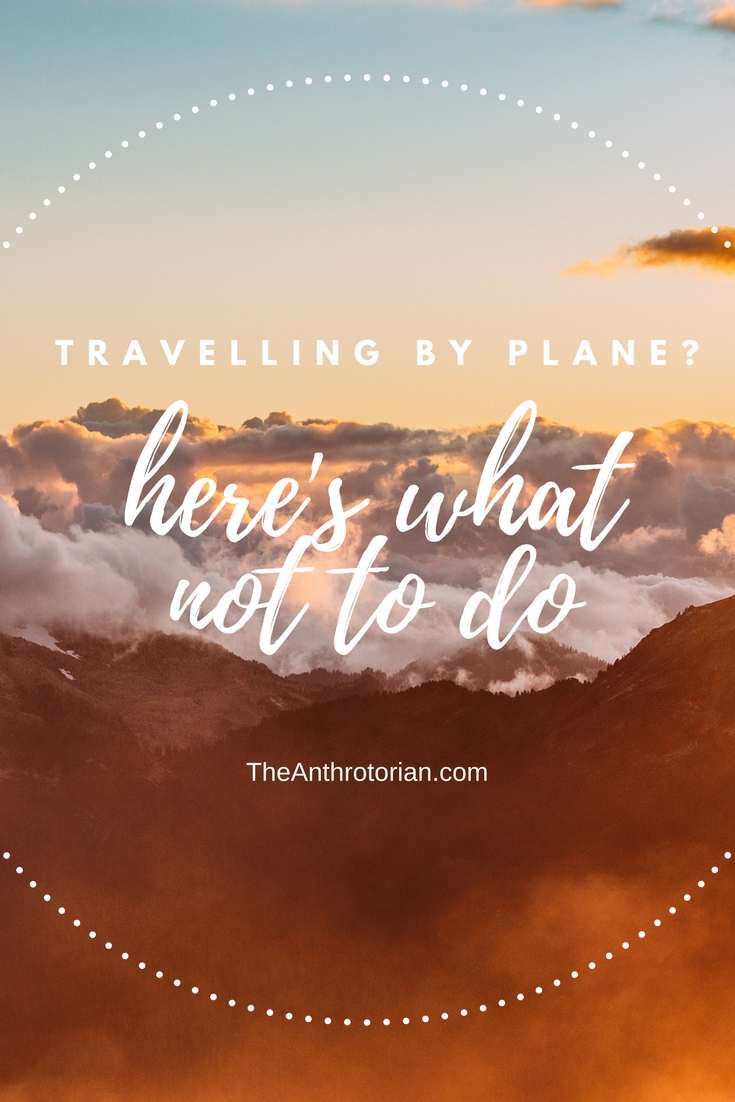After passing through the massive, white porticoed main entrance of the British Museum, you will find yourself standing in the Great Court.
The sky above is covered by an elaborate grid of glass and steel, while the floor below is etched with the quote, ”…and let thy feet millenniums hence be set in the midst of knowledge” by Tennyson.
Turning right off of this grand central courtyard, you will walk straight into the Gallery of Ancient Egypt and come face to face with the Rosetta Stone.
A massive chunk of dark grey rock under glass, the Rosetta Stone doesn’t seem nearly as impressive as the large-scale Egyptian sculptures that dominate the rest of the gallery.
That is, of course, until you understand what it represents.
What is the Rosetta Stone?
By the end of the fourth century AD, the knowledge of how to read and write Egyptian hieroglyphs had all but disappeared.
Like the bones of extinct animals, scholars studying this extinct language could speculate on its meaning but couldn’t read or fully understand it. Hieroglyphs, once a flourishing script used for religious texts and monumental inscriptions, had become a mystery shrouded in time.
Then, in 1799, everything changed. Napoleon’s army, during its campaign in Egypt, stumbled upon a peculiar slab of stone in a town called el-Rashid (Rosetta in English). Measuring just over 3 feet tall and 2.5 feet wide, the Rosetta Stone seemed unremarkable at first glance. However, its inscriptions in three scripts—hieroglyphic, demotic, and Greek—would prove to be the key to unlocking an entire civilization’s lost language.
After Napoleon’s defeat in 1801, the stone fell into British hands as part of the Treaty of Alexandria. Since 1802, it has been proudly displayed at the British Museum in London, where it remains one of its most famous and visited artifacts.
Unlocking the secrets of ancient Egypt with the Rosetta Stone
The Rosetta Stone contains the same decree written in three scripts: hieroglyphics, used for important religious and official texts; demotic, the everyday script of the ancient Egyptians; and Greek, the administrative language of Egypt at the time. This trilingual text was created in 196 BC during the reign of King Ptolemy V and was meant to affirm his royal cult.
When scholars started studying the Rosetta Stone, they already had a working understanding of Greek, and were able to use the Greek inscription as a starting point to decode the other two scripts.
Thomas Young, an English polymath, was the one who made the first significant breakthrough. He identified that certain hieroglyphs on the stone represented phonetic sounds and connected them to proper nouns in the Greek text. Building on Young’s work, French scholar Jean-François Champollion took things further. In 1822, Champollion announced that he had fully deciphered the hieroglyphic script by identifying how it represented both sounds and meanings, establishing the foundation for modern Egyptology.
Why the Rosetta Stone matters
The Rosetta Stone’s discovery and translation marked a turning point in our understanding of ancient Egypt. For over a millennium, the secrets of this civilization had been locked away in undeciphered hieroglyphs. The ability to read these texts opened up a wealth of knowledge about Egyptian culture, religion, politics, and daily life.
From monumental inscriptions on temple walls to personal letters and administrative documents, the world of ancient Egypt came alive in ways that had never been possible before.
Without the Rosetta Stone, we would never have been able to understand this fascinating civilization to the level that we do today.
Visiting the Rosetta Stone at the British Museum
Location: British Museum, Great Russell Street, London WC1B 3DG, United Kingdom
Opening Hours: Open daily from 10 am to 5 pm (until 8:30 pm on Fridays) — Check the website to confirm hours before you visit
Admission: Free
Learn more about the Rosetta Stone here.
Related Posts
Meet The Author
Lindsay Shapka is an avid traveler and the creator of The Anthrotorian — a website dedicated to sharing travel tips, stories about adventures, culture quirks, artists you should know, fascinating bits of history, and more!
She is also an artist, marketing specialist, editor, and freelance writer who has work featured on websites, blogs, and in magazines like National Geographic Traveler.











Passing a slow moving car would have been a suicide mission.
The small, 13-seater bus was stuffy, hot, and full of fellow travelers half asleep from the heat and half sick from the drive. Gritty red sand, mixed with the sweat in my sandals, smooshed between my toes.